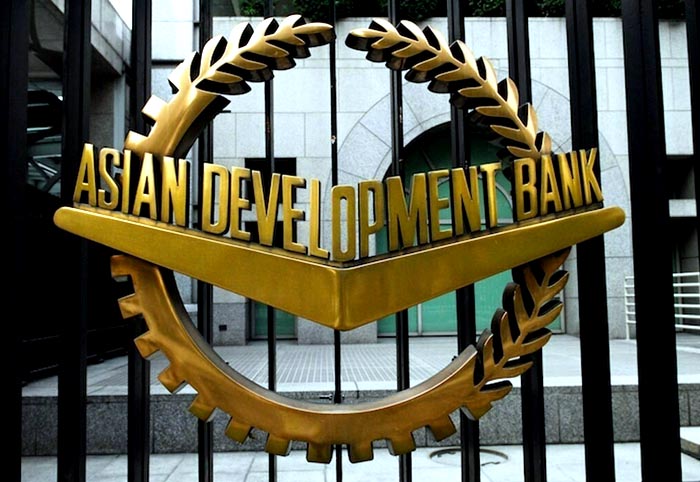The economy of Pakistan is expected to slow down to 3.5% by fiscal year (FY 2023).
ISLAMABAD Pakistan’s economy will slow to 3.5% in fiscal Year (FY) 2023 (ending June 30, 2023) due to devastating floods, policy tightening and critical efforts to address sizable fiscal or external imbalances. However, growth is forecast to reach 6.0% in FY2022, according to the Asian Development Bank (ADB).
According to the Asian Development Outlook (ADO) 2022 Update, gross domestic product (GDP) growth in Pakistan in FY2022 was propelled by higher private consumption and an expansion in agriculture, services, and industry–particularly large-scale manufacturing. ADB’s FY2023 growth projections were lower due to climate headwinds, Pakistan’s crucial policy efforts and double-digit inflation. This is the latest update to ADB’s flagship economic publication.
Related: Rate hikes, the war in Ukraine, and problems in China make it harder for Asia to grow -ADB
“The country’s economic outlook is at grave risk due to recent floods in Pakistan,” stated Yong Ye, ADB Country Director for Pakistan. We hope that the flood-related reconstruction and economic reforms will stimulate growth and catalyze significant international financing. ADB is currently preparing a package for relief, rehabilitation, reconstruction and support people, livelihoods and infrastructure in the immediate and long-term.
The restoration of political stability, continued implementation of reforms under the revived International Monetary Fund program to stabilize and restore fiscal and other buffers will have a significant impact on the economic outlook.
The update shows that private consumption increased by 10% in FY2022, which resulted in better employment conditions and higher household incomes. Agriculture output increased 4.4% in FY2022 due to strong performances in crops, livestock and other agricultural activities. Flood damage and high input cost next year are expected to slow down agriculture growth. This could impact wholesale and retail trade.
Fiscal adjustments and tightening of the monetary policy are expected to reduce domestic demand in FY2023. Industry output will be affected by a contraction in demand and capacity and input constraints caused by the rupee’s appreciation.
The removal of fuel subsidies and an increase in commodity prices, as well as a substantial depreciation of the rupee, all contributed to the sharp rise in inflation in the fourth quarter of FY2022. The average headline inflation rose to 12.2% in FY2022, after rising to 21.3% in June. This is the highest level since 2008. With inflation expected to rise to 18%, inflationary pressures are expected to remain high for FY2023.
Related: ADB will give Pakistan a package of aid and help to get back on its feet.
In addition to the floods, the elevated inflation rate along with possible fiscal slippages as general elections approach, and a higher-than-projected increase in global food and energy prices, remain downside risks to the outlook.

